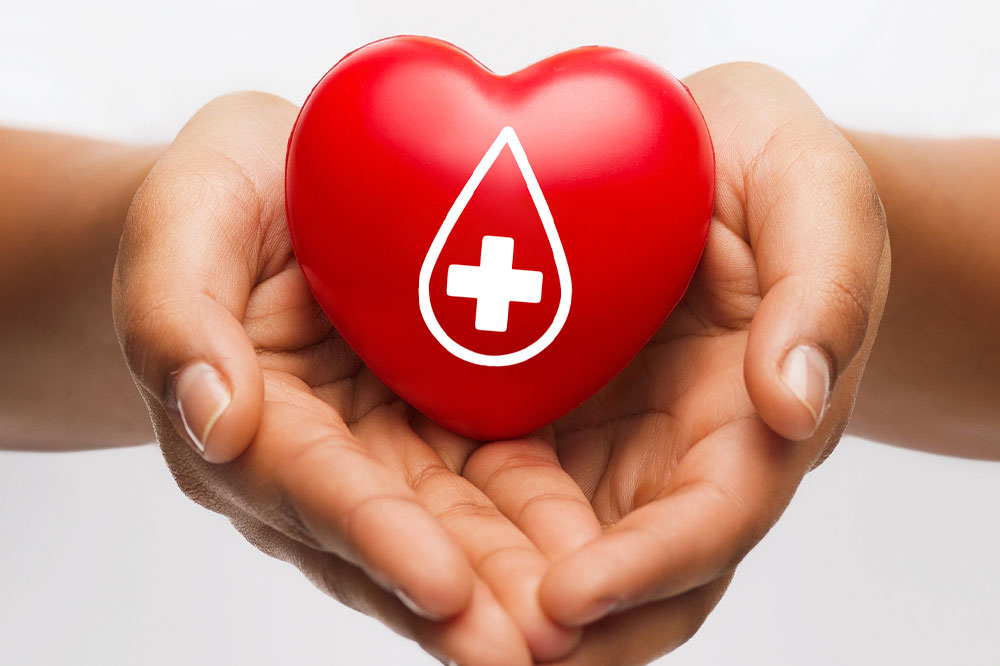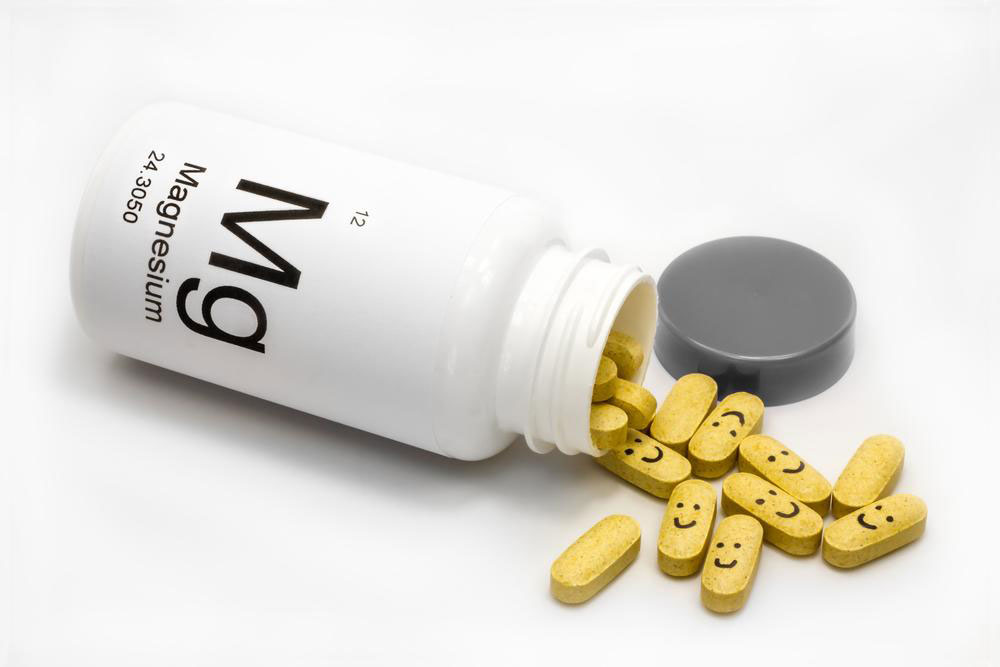Comprehensive Guide to Plasma Donation: Benefits, Process, and Impact
This comprehensive guide explores plasma donation, highlighting its vital role in healthcare. It discusses the donation process, health benefits for donors, and how plasma helps treat various medical conditions. Learn how donating plasma saves lives, supports recovery, and offers personal health perks, with safety tips for a smooth experience. Discover the importance of plasma donation in modern medicine and ways to contribute effectively while enjoying potential financial rewards. A must-read for anyone interested in becoming a plasma donor and making a positive societal impact.

Discovering the Importance of Plasma Donation and Its Health Benefits
Plasma, a crucial component of human blood, plays a vital role in maintaining overall health. It is responsible for balancing blood pH levels, supporting blood pressure regulation, and transporting essential nutrients and cells, including red blood cells, white blood cells, and platelets. Plasma constitutes about 55% of total blood volume and contains proteins necessary for immune response, blood clotting, and tissue repair.
Engaging in plasma donation involves a process where blood is drawn from a donor at a certified healthcare facility. The plasma is separated via a specialized process called plasmapheresis, where plasma is extracted, and the remaining blood components are returned to the donor. This donation process offers several significant benefits, including lifesaving support for patients with severe blood loss, burn injuries, clotting disorders, and rare blood diseases. Additionally, donors often enjoy health perks such as lowered risks for heart disease, improved immune function, and relief from seasonal allergies.
The Critical Role of Blood Plasma in Medical Treatments
Blood plasma plays an indispensable role in emergency and routine medical treatments. It provides vital proteins that bolster immune defenses, expedite healing processes, and promote proper blood clotting. During trauma or surgical procedures, plasma transfusions are often crucial for stabilizing patients and preventing excessive bleeding. For individuals suffering from autoimmune conditions, clotting deficiencies, or rare blood disorders, plasma-derived therapies are often the only effective treatment options.
The Complete Plasma Donation Procedure
At authorized donation centers, healthcare professionals utilize advanced plasmapheresis machines to safely extract plasma. The process begins with a thorough registration and eligibility screening, ensuring donors meet health criteria. During the donation, blood is drawn from a vein, and the plasma is separated using a centrifuge or filtration system. The other blood components—red cells, white cells, and platelets—are promptly returned to the donor, reducing the risk of anemia and fatigue.
This procedure typically lasts between two to three hours. Donors are often given saline solutions to maintain hydration, which also supports the efficiency of plasma collection. Strict safety measures, including sterilized equipment and pathogen inactivation protocols, are implemented to safeguard donor health and prevent infections.
Eligibility Verification and Health Screening
When donors arrive, they must present valid identification, proof of residence, and social security information. Healthcare staff perform baseline health assessments, including blood pressure, pulse rate, temperature checks, and blood tests to verify blood protein levels and overall health status. This ensures only suitable individuals proceed with donation and maintains the safety of the plasma supply.
Pre-Donation Physical Assessment
A confidential physical examination is conducted by a trained health professional to evaluate the donor's health status. This step includes checking vital signs and assessing the donor's medical history to confirm fitness for regular plasma donation. Donors with underlying health issues or recent illnesses may need to postpone their donation.
Plasma Collection and Return of Blood Components
The plasmapheresis machine carefully separates plasma from the blood. Blood cells are returned to the donor in real-time, along with a saline infusion to prevent dehydration and maintain stable blood flow. The entire process is closely monitored by medical staff to ensure safety and comfort.
Post-Donation Recovery and Care
After donation, donors are advised to remain on-site for approximately 20 minutes. During this time, they are encouraged to hydrate by drinking fluids and enjoy a light snack to replenish energy levels. Plasma is rapidly replenished by the body, allowing donors to participate in donation sessions up to twice weekly, with at least 48 hours between donations. Maintaining good hydration and nutrition before and after donation is essential for optimal recovery.
Preparation Tips for a Smooth Donation Experience
Prospective donors can enhance their donation experience by following simple preparation tips. Consuming protein-rich foods such as lean meats, eggs, and legumes boosts blood protein levels. Iron-rich foods — like spinach, beans, and fortified cereals — support blood cell production. Hydrating well in advance and avoiding caffeine and alcohol prior to donation help prevent dehydration and dizziness. Ensuring adequate sleep and calmness on the day of donation can further improve the process.
The Benefits of Donating Plasma for Donors and Society
Enhanced emotional well-being through the release of mood-boosting chemicals such as dopamine and endorphins, which reduce stress and foster a sense of purpose.
Contributing to life-saving treatments for patients with autoimmune diseases, clotting disorders, and severe blood loss, as plasma components cannot be synthetically manufactured.
Financial incentives offered by many plasma donation centers, including notable organizations like CSL Plasma, BioLife, and Grifols, provide donors with monetary compensation in recognition of their time and contribution.
Participating in plasma donation is not only a noble act that helps save lives; it also promotes personal health benefits and community welfare. Regular donors often report improved overall health and a sense of fulfillment, knowing they are making a tangible difference in the lives of others.





